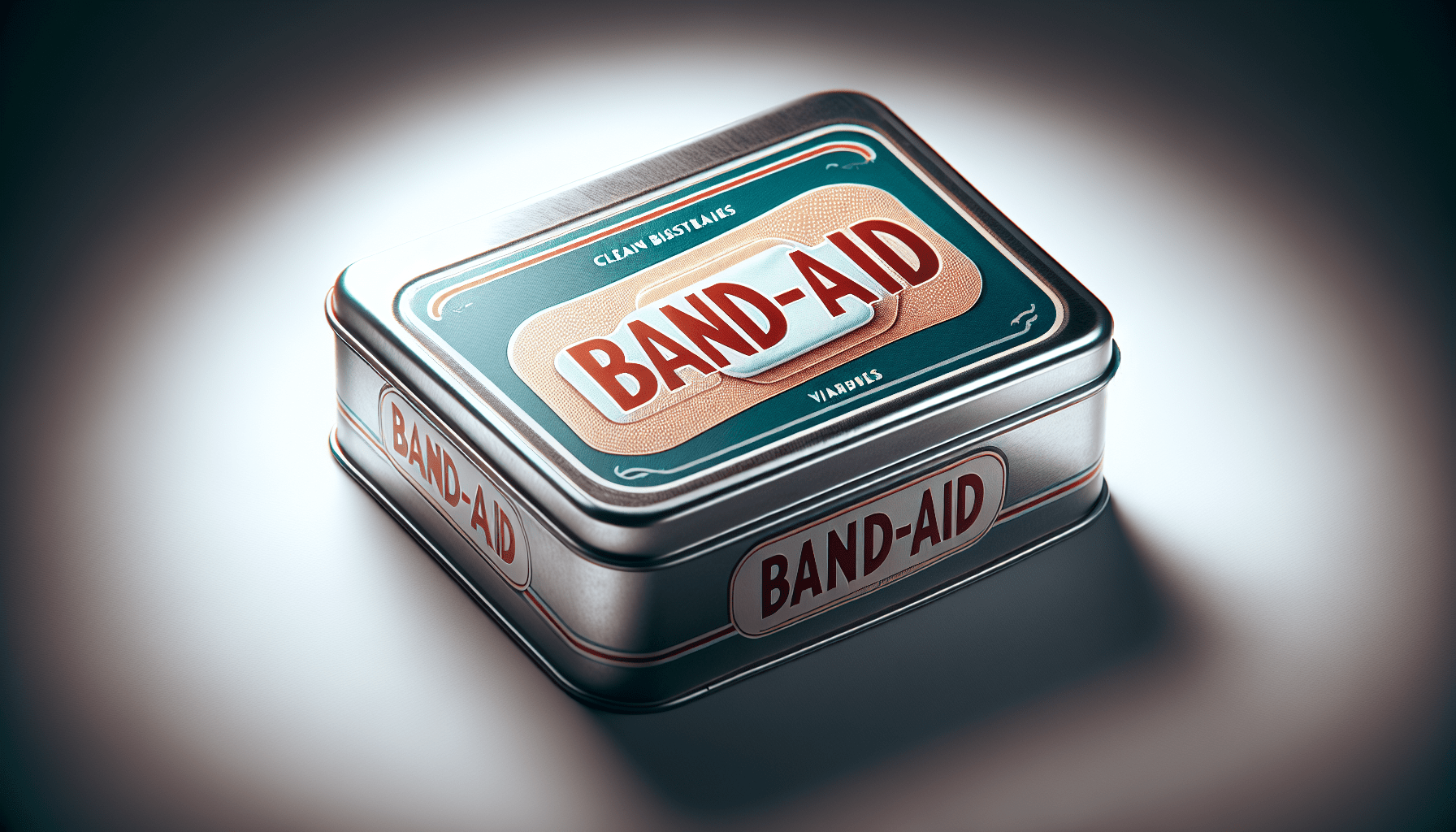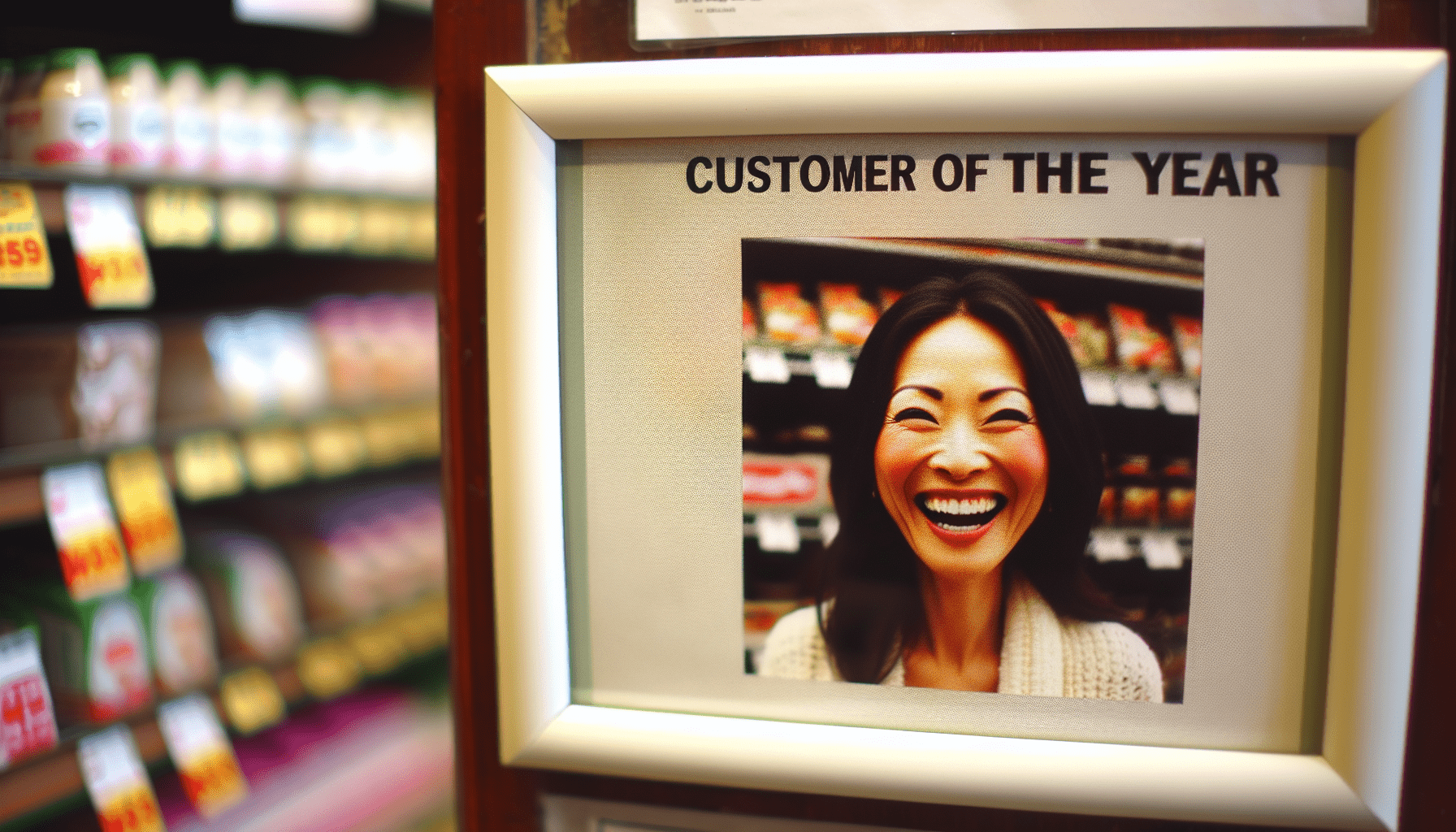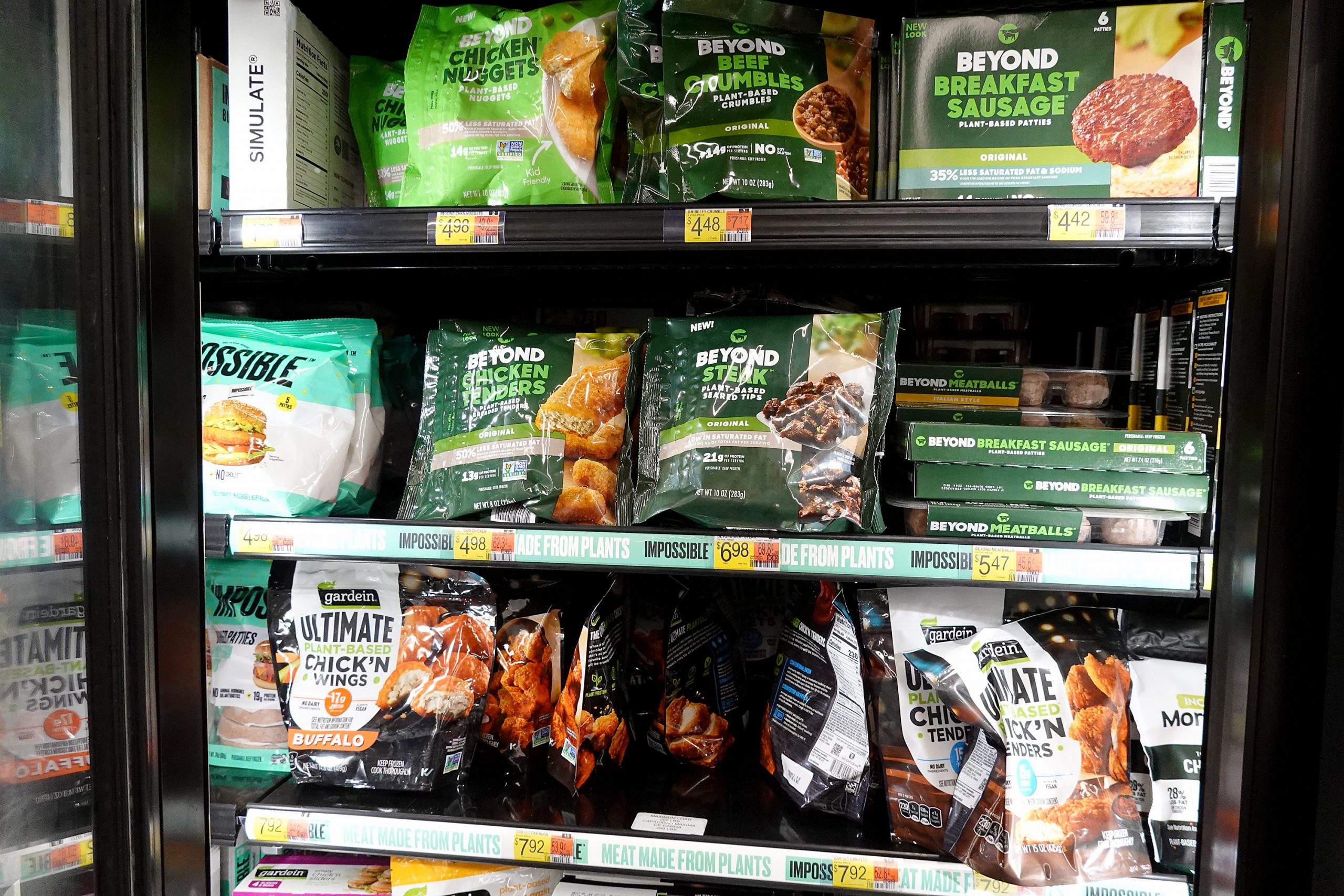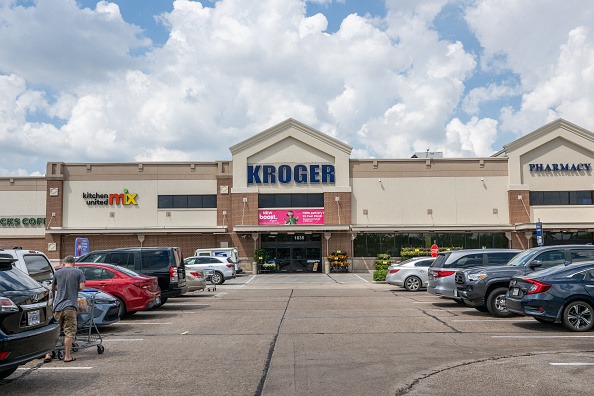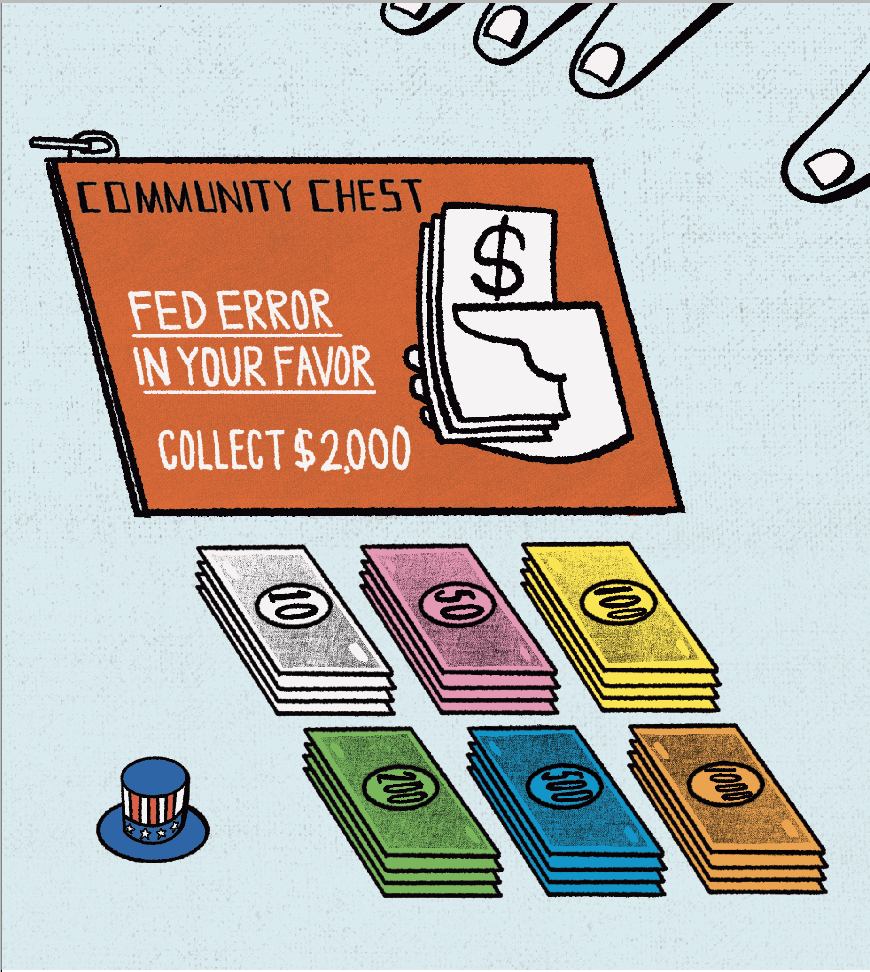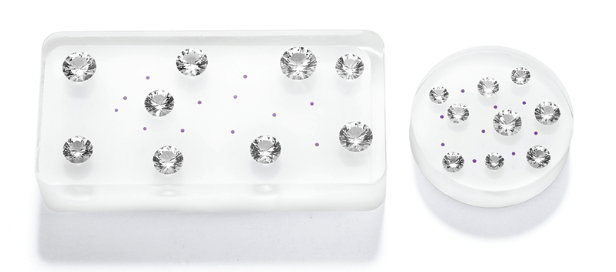Man Bites Dog
Portillo’s, the third largest of the nation’s frankfurter restaurant chains, is expanding its number of locations by 10% annually

It is hot dog season. Americans eat an estimated 7 billion franks between Memorial Day and Labor Day, according to the National Hot Dog and Sausage Council.
But despite the popularity of hot dogs, the U.S. has only three major chains: Portillo’s (PTLO), Nathan’s Famous (NATH) and privately held Wienerschnitzel. Nathan’s is known for hosting the Coney Island hot dog eating contest and has become a recognizable grocery store brand, but it tends to stick to the East Coast. Wienerschnitzel, a West Coast staple, sells an iconic chili dog. Portillo’s provides Chicago favorites like the Chicago dog and Italian beefs and is most popular in the Midwest.
Of the three, Portillo’s is growing fastest despite not offering franchises. It plans to increase its number of locations by 10% each year, and it’s on track to become the first national hot dog chain with a strong buy stock rating.
Portillo’s history
Dick Portillo and his wife, Sharon, founded Portillo’s—originally named The Dog House—in 1963. Starting with an $1,100 investment, equivalent to about $10,700 in 2023, Portillo has turned the original shack into a national chain with more than 60 locations in 10 states.
Garrett Kern, Portillo’s vice president of strategy and culinary, credits the fast-casual restaurant’s success to its authentic, quality ingredients. The Chicago dog, made with a Vienna Beef frank, is topped with mustard, relish, celery salt, chopped onions, sliced tomatoes, a kosher pickle spear and sport peppers on a poppy seed bun.
The Portillo’s Italian beef features roast beef soaked in an au jus—which takes a day to make and is cooked in two Chicagoland commissary kitchens—and topped with either sweet peppers or hot giardiniera peppers on Portillo’s Toronto French bread that diners can dip in gravy for a “wet” sandwich.
Although Portillo’s has fewer locations than Wienerschnitzel and Nathan’s, it outperforms its competitors.
Dog eat dog
Privately held Wienerschnitzel operates 300 restaurants, while Nathan’s Famous, a public company, has 198.
Portillo’s locations average 7,800 square feet to 8,000 square feet and have an average unit volume (AUV) of $8 million, as reported by Guggenheim Partners in 2021. Wienerschnitzel locations measure 780 square feet to 1,300 square feet. The top 25% of Wienerschnitzel restaurants have an AUV of around $1.4 million, while its bottom 25% have an AUV of around $771,000, according to its 2021 franchise disclosure. Sales at Nathan’s average $725,000.
Portillo’s focuses on the Midwest and the Sun Belt. Chicagoans who have moved south welcome the chain’s expansion. “They’re basically your advertising and your cheerleaders on the ground for the initial opening,” Kern says of the Midwesterners living in the South. “And then as you introduce yourself to the local market more, you become part of their routine.”
Luckbox spoke with Garrett Kern, Portillo’s vice president of strategy and culinary, about the chain’s expansion from Chicago across the U.S. and what changes—if any—to expect on the menu.
Luckbox: What have you learned about consumer interest in a Chicago-centric menu as you move into new markets?
Kern: While Chicagoland AUVs are so much higher, if you were to look at our AUVs excluding the Chicago restaurants, they would still be much higher than most fast-casual concepts out there. So, Portillo’s, on its own outside of Chicago, is an A++ restaurant brand as far as AUVs go.
We don’t get that business outside of Chicago without replicating some things that made us very successful here. So, when it comes to the menu, yes, we have those core Chicago items, and they’ll start with Italian beef and
Chicago-style hot dogs. Hot dogs, I think, are kind of
universally accepted and embraced foods.
Why do you think Portillo’s AUVs exceed those of so many other chains?
There are a lot of reasons—the wide menu is part of it. We have a lot of different ways to get you your Portillo’s. We’re known for fast, friendly drive-thrus that do a lot of volume. We have a great dining experience where we do a ton of to-go business. We do digital orders, we do delivery, we do catering—so however you want to get it, whatever the occasion is, we have an option for that.
Another thing that enables our success outside of Chicago is we’re typically on pretty good real estate. We’re not like an end cap on a strip mall. We’re high visibility near really good retail hubs with greater access.
And then I think the last thing I’d say is we intentionally go to markets where there’s some latent demand for us. For example, we sell some of our products on a platform we call Shop & Ship. So, if you wanted to gift somebody that lives in Oregon with Italian beef or hot dogs, we’ll ship it, and we get a lot of information on where’s there demand for Portillo’s. Texas is a place where we were shipping more on an absolute relative basis than we were elsewhere. And it’s advantageous because you go into a market like that.
What percentage of overall revenue comes from hot dogs, vs. beef?
Beefs and dogs are our two largest categories. Beef is a little bit under a quarter of our revenue, and hot dogs are about a fifth.
Do you plan to include regional favorites in any of your new markets?
There’s a couple reasons that we don’t.
First of all, for a brand as complex as ours in terms of its operations, and how quickly we want to scale, there’s a ton of benefits to having uniformity in our training and operations.
The second is that LTOs (limited time offers), or unique menu items, can be somewhat of a nightmare for supply chain and logistics. And then you often end up distracting your operators and your team members with the thing that’s very new. It’s best to do your core menu—what you do well—and just focus on executing that and proselytizing in the local market.
Where do you expect to grow in coming years?
We’ve committed to 10% unit growth each year, and we’re very focused on getting to minimum efficient scale in markets as fast as possible because it really benefits the profitability of those restaurants. It’s not just going out there and planting a bunch of flags. Having seven, eight restaurants in a market is really an inflection point where business progresses from being very strong and very profitable to being incredibly strong.
Our focus for the next handful of years, when you think outside the Midwest, is what we call our Sun Belt strategy. We’re at a point of near maturity in Phoenix. We recently opened a restaurant in Tucson, and there’s probably
more opportunity in Arizona. We just went into Texas, and among Dallas,
Houston, Austin and San Antonio, there’s tons of opportunity there. And the menu has been really well received. Then Florida, between Tampa, where we have few restaurants, and Orlando, we’re building to fill out the Central Florida market.
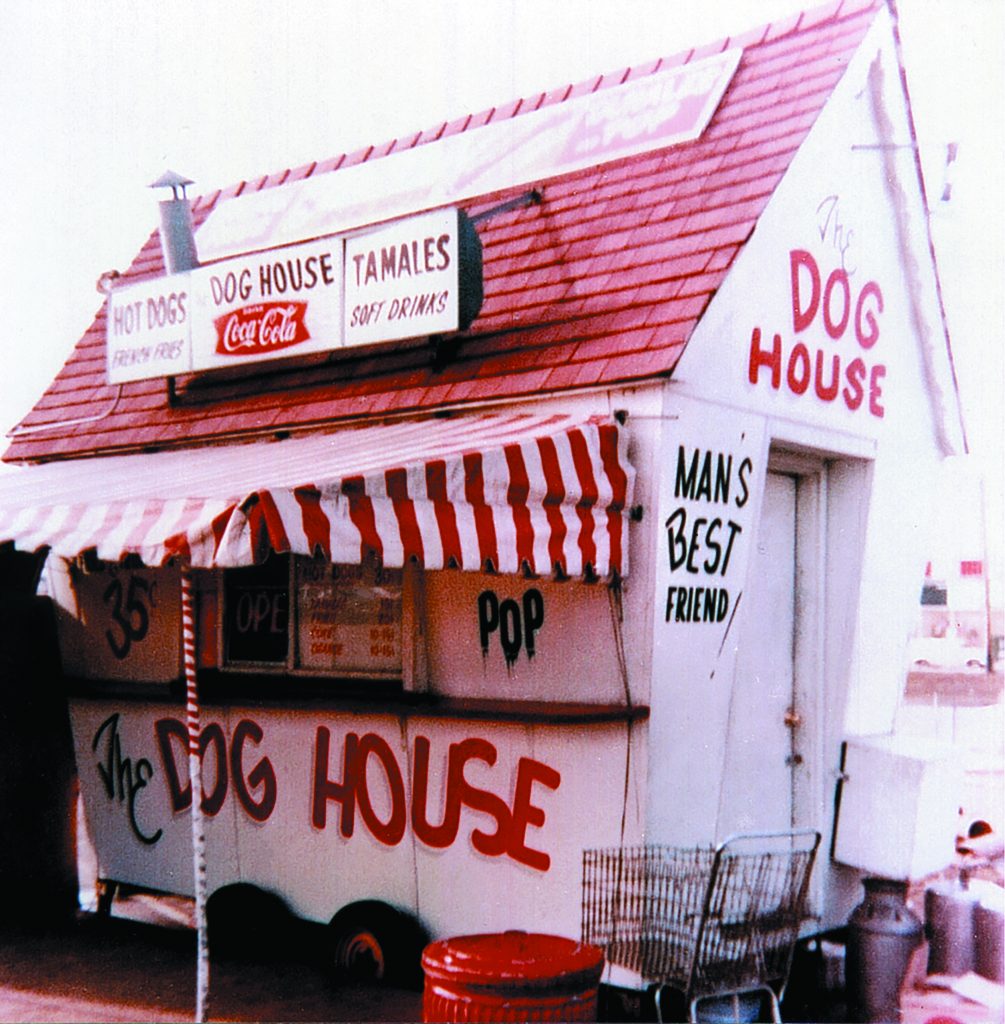
What is the most underappreciated item on the menu?
Easily our burgers. Beef and hot dogs, even in Chicagoland, get such top billing and are such a big draw that people sometimes just don’t order the burger, or they’ll think, “Oh, well how good can their burger be when they’re really known for beef and hot dogs?” But it’s a third-of-a-pound patty, and it’s ridiculously juicy. That charbroiled flavor is incredible.
Your loyalty club members get a free slice of your extremely popular chocolate cake on their birthday. How many people have signed up?
There are 1 million guests signed up for Portillo’s Birthday Club.
The Bear-fueled Rise of Italian Beef
Actor Jeremy Allen White not only won an Emmy for FX Hulu’s hit show The Bear but also helped make Italian beef sandwiches a nationwide phenomenon. The show centers on Carmy, played by White, a former Michelin-star chef who moves back to Chicago to take over his brother’s Italian beef restaurant, The Beef, after his death. Filmed at and inspired by Mr. Beef in the Chicago neighborhood River North, The Bear follows Carmy as he aims to elevate the signature sandwich and eventually turns The Beef into an upscale restaurant, The Bear, in the second season.
But immediately after The Bear aired in June 2022, gourmands around the country began a frenzied search for Italian beefs. The Los Angeles Times reported that one of the few places that serves Italian beefs in LA, Comfy Pup, could hardly sell the sandwich until The Bear was released. Four days after the pilot, Comfy Pup sold out of Italian beefs in two hours, which head chef Michael Walker credited directly to The Bear’s popularity. The show led to a 250% increase in sales of Italian beefs for Comfy Pup.
Similarly, The New York Times reported Gino’s East of Chicago, a favorite around the city for its deep-dish pizza, saw a 200% increase in Italian beef sales at its Sherman Oaks, California, location, while Pizza Man in Kansas City, Kansas, sold five to six times as many beefs after the pilot than it did in the entire month of July. Garrett Kern, Portillo’s vice president of strategy and culinary, revealed that while Portillo’s in the Chicago area didn’t see a remarkable uptick in Italian beef sales, Portillo’s restaurants around the country generated significantly more interest.

Make sure you’re following the Seeking Alpha Author Experience, a resource to further the partnership between SA contributors and our editorial team. The Author Experience helps contributors maximize their potential as authors, analysts and opinion makers by sharing editors’ views on best practices. For more information go here.

